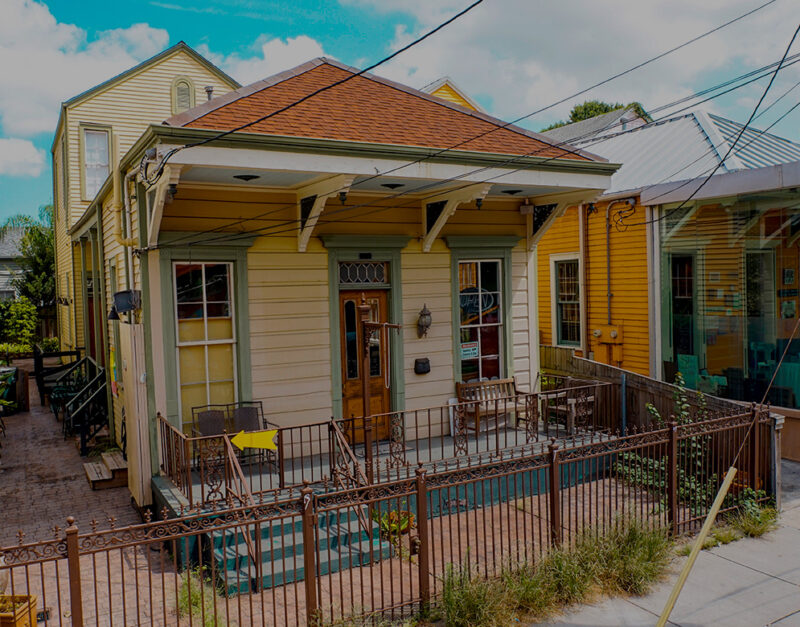 June 20, 2023
June 20, 2023 When planning a demolition project, certain steps are necessary to ensure compliance with local and federal regulations and safety guidelines. This will keep you safe from toxic exposure and potentially inhaling deadly asbestos.
Plan For After Demolition To Avoid Asbestos
First, have a plan for what you’ll do after your demolition. For example, you might want to demolish the structure and rebuild something new altogether. Or you might do a partial demolition and remodel. If you know exactly what you need, communicate that to your contractor before the project begins. If you’re unsure what is the most cost-effective and appropriate, your contractor may be able to advise you to guide your project.
Your plan should also include the removal of the debris. Some may be reusable and donated to local or national organizations that build homes. Some may also be sold to local vendors who reclaim construction materials to keep them out of landfills.
As part of planning for materials disposal, you’ll need to have your structure inspected for asbestos. Special safety precautions must be taken when demolishing structures that contain asbestos to protect workers and keep asbestos from spreading into nearby areas. And the materials that contain asbestos must be disposed of properly. Therefore, testing for asbestos before beginning demolition is critical to prevent delays in your project.
Get Extra Permits for Asbestos Removal
Next, you’ll need to obtain the proper permits for your project. Failure to secure appropriate permits can open you up to fines or expensive mitigation projects to ensure compliance. Your contractor should be able to guide you based on what is required for your city, county, and state. They may even file for the permits for you. Extra permitting and oversight may be necessary if there is a chance that asbestos was used in the structure you are demolishing.
Dangers of Asbestos
Why is there so much focus on asbestos mitigation when demolishing structures?
Asbestos is a naturally occurring fibrous mineral widely used in various industries because of its insulating and flame-resistant properties. Construction materials use asbestos, but other sectors, including aerospace, automotive, and manufacturing, also use this material.
However, it has serious health risks for those exposed to it. Lung cancers, including mesothelioma, are the most well-known, but asbestos has also been linked to reproductive, oral, and colon cancer and other non-cancer diseases. The types of cancers caused by asbestos tend to be very deadly. And these diseases can take years to develop, so exposure has long-term ramifications.
History of Asbestos in Construction
Although asbestos has been phased out of many new construction projects, it is still potentially in the residential or commercial structure you might consider demolishing or renovating. It was used in vinyl tiles, insulation, roofing, and siding materials. It was commonly included in construction products before the 1970s but may still be present in buildings constructed later as it wasn’t phased out in all construction materials right away.
Asbestos is airborne and can be easily disturbed when demolishing structures without proper testing and containment procedures. And because asbestos is not usually visible to the naked eye, it may be present in seemingly ordinary construction dust or dust that shows up weeks or months after construction.
However, there are asbestos mitigation procedures to follow that can help ensure the safety of your family or customers and the construction workers on your project. This can include emulsifying the asbestos so it cannot become disturbed and become airborne or using special containment equipment to ensure that all asbestos fibers are captured.
Ensure your contractor is certified in asbestos testing and abatement procedures or has established relationships with qualified subcontractors in these areas. Failure to adequately protect the workers on your demolition project could also lead to liability for exposure incidents for you as the property owner and your contractor. Asbestos was so widely used and the health risks so potentially severe that the added cost and time of ensuring its proper disposal will be well worth it during the project and after.
How We Help Victims of Asbestos Exposure
Seek justice with the help of our experienced asbestos attorneys. Our asbestos law firm has represented individuals like you affected by asbestos exposure for over 20 years, aggressively fighting the corporate giants responsible for their dangerous products. If you or a loved one were exposed to asbestos or suffered from a disease caused by asbestos, like mesothelioma, we can help.



